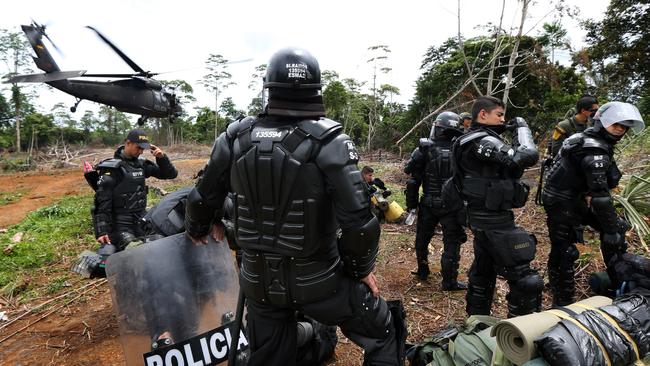Inside look: On the frontline of the war on cocaine in Colombia, where Australia is joining the fight
AUSTRALIA is one of the biggest cocaine markets in the world. We head to Colombia, where most of it is made, to get an inside look at the battle to stem the flow.
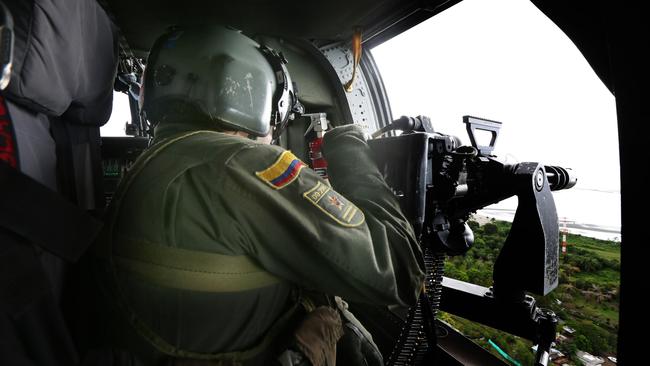
World
Don't miss out on the headlines from World. Followed categories will be added to My News.
AS he stands slightly bent forward against the blast of air from the spinning Blackhawk rotor blades, patrolman Alejandro Aponte looks over his shoulder with a broad toothy grin.
“Welcome to war,” the Colombian anti-narcotics police officer yells over the ever increasing wind and whirr, shortly before the order is given and he breaks into a half trot across the tarmac into the bay of the matt black gunship helicopter.
It certainly looks and feels like a war in the multiagency air base at Tumaco on the border of Colombia and Ecuador where hundreds of heavily armed mostly paramilitary police make final checks to their kit before racing to one of a dozen Black Hawk and Huey helicopters, boats and trucks prepping for missions about the dense surrounding jungles and waterways.
It’s a daily ritual for the Colombian police men and women going out on missions from 6am and returning by 3pm identifying and destroying coca fields and drug laboratories deep in dense jungle, mostly accessible only by air or river.
This is where Australia’s war on drugs begins.

About this small southwest corner of Colombia on the Ecuadorean border is where a majority of the cocaine that finds itself onto Australia’s streets is grown, mixed and packed to begin its long journey to Australia’s shores.
And like a war, the gains come at a huge cost with more than 2000 police killed in the past two decades, particularly during the reign of cocaine king Pablo Escobar but continuing to this day.
When News Corp Australia joined Colombia’s paramilitary police from Beta Company on operations, one young officer had just been shot dead and 10 others taken hostage for more than a week by the coca growers working for powerful cartels from both Colombia and Ecuador and also Mexico.
But within days of the death and the release of the hostages the police troops were back in the same zone, in greater numbers, continuing their arduous coca crop eradication programs.
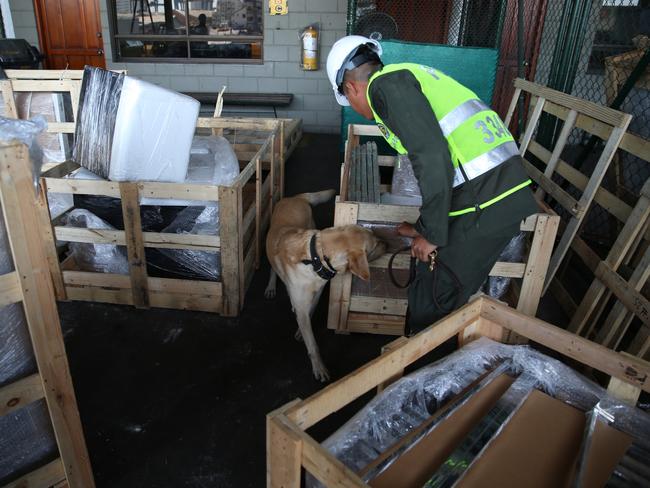
“This is why we say it is a war because it is,” Patrolman Aponte said as the Blackhawk lands in a clearing cut in the middle of the dense knee-deep muddy bog jungle.
“This is a very dangerous part of the world. The stakes are high and people die. The cocaderos (coca growers) working for the cartels have now planted homemade bombs about the coca fields and they are filled with nails, scrap metal and s**t to slow us down, infect, they attack us with guns and molotov cocktails and slingshots firing steel. But we come back day after day. And if these things don’t get you we also have killer bees here and I almost sat on an anaconda the other day that I thought was a tree log.
RELATED: The missing pieces in Cassie Sainsbury’s Colombia cocaine case
“Maybe in your country people use the cocaine and maybe these people think fun or whatever and don’t realise what has happened for it to get there. Lives destroyed.”
A little over two years ago there were 50,000 hectares of coca crops that were being destroyed through aerial spraying of a herbicide, in a similar compound to a domestic weed killer.
But a Colombian Supreme Court order put a stop to the US Drug Enforcement Agency-backed spraying program with evidence it was affecting the health of locals. The cessation led to an explosion in crop growing with an estimated 180,000 hectares of coca now being grown.
The aerial ban has meant that young police officers, aged mostly 18 to 25 years, have to go in and destroy the plants by hand and its laborious; aerial spraying destroyed 100 hectares a day, by hand they can barely manage 20.
This has led to a global cocaine glut, with record number of the narcotic now being shipped, flown or sent in the mail in bulk to Australia.
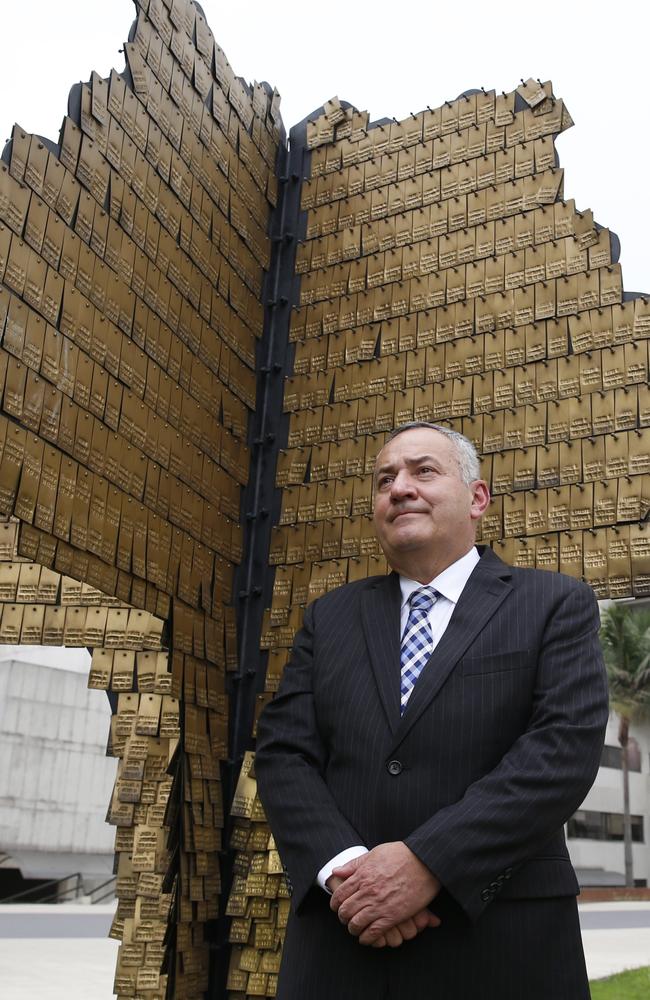
In 2015/16 year, 657kgs of cocaine was seized by Australian authorities, about double the amount seized the previous year but in the past six months alone, more than four tonnes has already been seized or been identified as having been dispatched to our shores.
“I give them only one order — run. But not like just run, I mean really run, run, run because their life depends on this, if you don’t you will be grabbed and taken hostage,” Police Narcotics chief Tito Castellano said as from his Black Hawk radio comms he coordinates an assault on one of a dozen drug laboratories preparing cocaine for offshore export.
It is from this region and these drug labs hidden deep in the jungle on the Colombian-Ecuador border that police intelligence has noted will provide more than half of all the cocaine that will inevitably slip through our stringent border controls to the streets of Australia.
From Black Hawks, narcotics police land in the nearest clearings and jog into the jungle with cases of C4 explosives, lay a charge and blow the drug labs and leaf drying shelters up.
They will destroy half a dozen a day but no sooner do they do then they are rebuilt.
One the day News Corp Australia joined their mission, five were blown up but cocaderos, the men and women who farm the leaf on behalf of cartels, could be seen running in from coca plantations to hopelessly attempt to put the fires out.
Some are armed and Colonel Castellano said his men are often fired on or attacked hand-to-hand. Unless their life is threatened they cannot retaliate so now a riot squad — dubbed Robocops because of their futuristic looking kit — accompany the troops with nonlethal tactics including rubber bullets.
They fight back not for cartel bosses but for livelihoods.
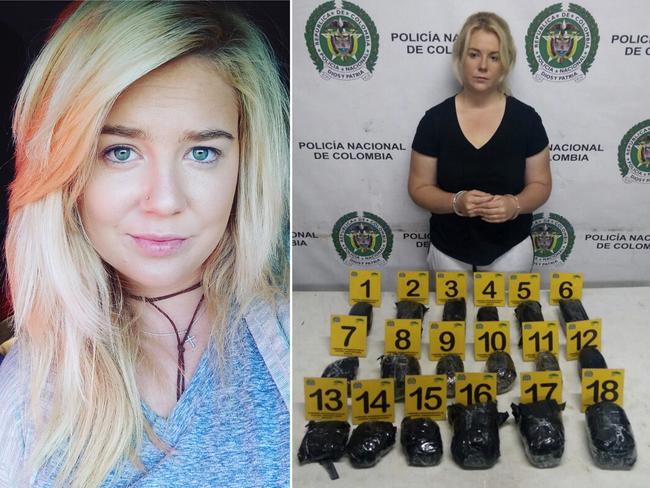
Cocaderos spoken to by News Corp said it was a damned if you do, damned if you don’t situation.
They are paid about $15 a day to farm acres of coca plants by cartels whom often send heavies to threaten them.
“They come here and say ‘hey you mother f***er you grow the coke or we kill you’ and wave these guns in our face,” one, who asked not to be named said. “We have no money, no electricity, we have nothing only what they pay us to grow these crops. You no help, there’s no second threat, you just get shot. Out here it’s the law of the more strong.”
Another cocadero who asked just to be named Felipe said there was no state presence or support.
“The government doesn’t care about us, no one does and they give us little option,” he said.
“When the organisation (cartels) come here and there’s no coca because it’s been eradicated, what are they going to say? I have a young family, what can I do?”

The Colombian government is offering grants to help convince locals to change from coca plantations to cacao or cocoa bean plantations, to make chocolate, coffee or trees for palm oil and bananas. The crop substitution program implementation has been slow going and it’s that gap in grant incentives that has convinced many to stick with the cartels and regular money. They blame the bombs planted at the base of some plants to kill or slow police as being planted by sicarios or assassins from outside the region.
At any rate, no sooner do they get pulled up then they are replanted. There are 17000 hectares about Tumaco alone, 30,000 in the Narino district. Coca from these jungles is worth $1.30 a kilo but further down the production chain cocaine in Australia is worth about $180,000 a kilo.
Colombian international narcotics chief Colonel Herman Monsalve said Colombia would once just produce the coca for other cartels to convert into cocaine but now cartels like Clan de Golfo were producing the final product for markets in the US and Australia. The demise of leftist group FARC, under a government peace deal, had opened up cocaine market production to various other groups battling for control.
He said the flood of cocaine on the market stemmed directly from the ceasing of crop spraying and warned the global glut would continue for sometime.
Once its produced, the drugs either in raw form or mixed with chemicals for final concealment is moved by high speed boat through the jungle river system to the open sea and to one of three ports Buenaventura, Cartagena and Barranquilla.
They are then moved as sea cargo to either Mexico where it is better concealed and stored for later delivery or moved immediately onto transit ports in West Africa, notably Guinea-Bissau, Sierra Leone and Nigeria.
At Cartagena, National Colombian Police port comandante Colonel Jorge Pinzon said it was impossible to search all containers moving through his busy port and just 15 per cent are inspected. But through intelligence, he had a targeted approach and a dedicated team including divers who search the hulls of ships; cartels have recently taken to hiding cocaine in old steel torpedos they then attach to the bottom of containers ships.
On December 5 last year, a search of one found 212kg of cocaine hidden in 44-gallon drums of palm oil with beliefs the final destination for the shipment was Australia.
Other detections have included cocaine hidden inside live fruit, impregnated into clothing and even found in large art paintings where the paint is made of cocaine.

In the middle of the Colombian National Police headquarters forecourt is a metal tree that every week sprigs a new gold leaf tag.
Started in 1995, each “leaf” represents the killing of a police officer on active duty and already the tree looks burdened with 2000 leaves marked with a name and the date of a death. Some leaves have multiple names for multiple killings mostly from when Pablo Escobar would send out assassins or sicarios to kill officers.
The higher the rank, the more money the killers would get.
“It is amazing to think in those dark days we lost 600 or 700 cops in one year in the 1990s,” retired Colombian National Police Colonel Fernando Buitrago said.
“It’s amazing, despite this, the recruitment office was always full. People wanted to become cops because we have good pension, good status and the salaries are OK. We were all willing because we love the life for our citizens.”
Col Buitrago’s brother was a captain in the army when he stepped on a mine and lost both his legs. It affected him badly then his friends in the police force began dying, killed by the same Leftist rebels or drug sicarios.
“Of course you lose a friend you feel very sad and also very angry, very angry but you eventually feel sad again and think ‘I’m going to retire and take another job’, but you don’t … in a poll here in Colombia of who you respect the most in life people voted first the church, then the army and then the cops, that’s why there’s 180,000 of us about the country.”
Originally published as Inside look: On the frontline of the war on cocaine in Colombia, where Australia is joining the fight

